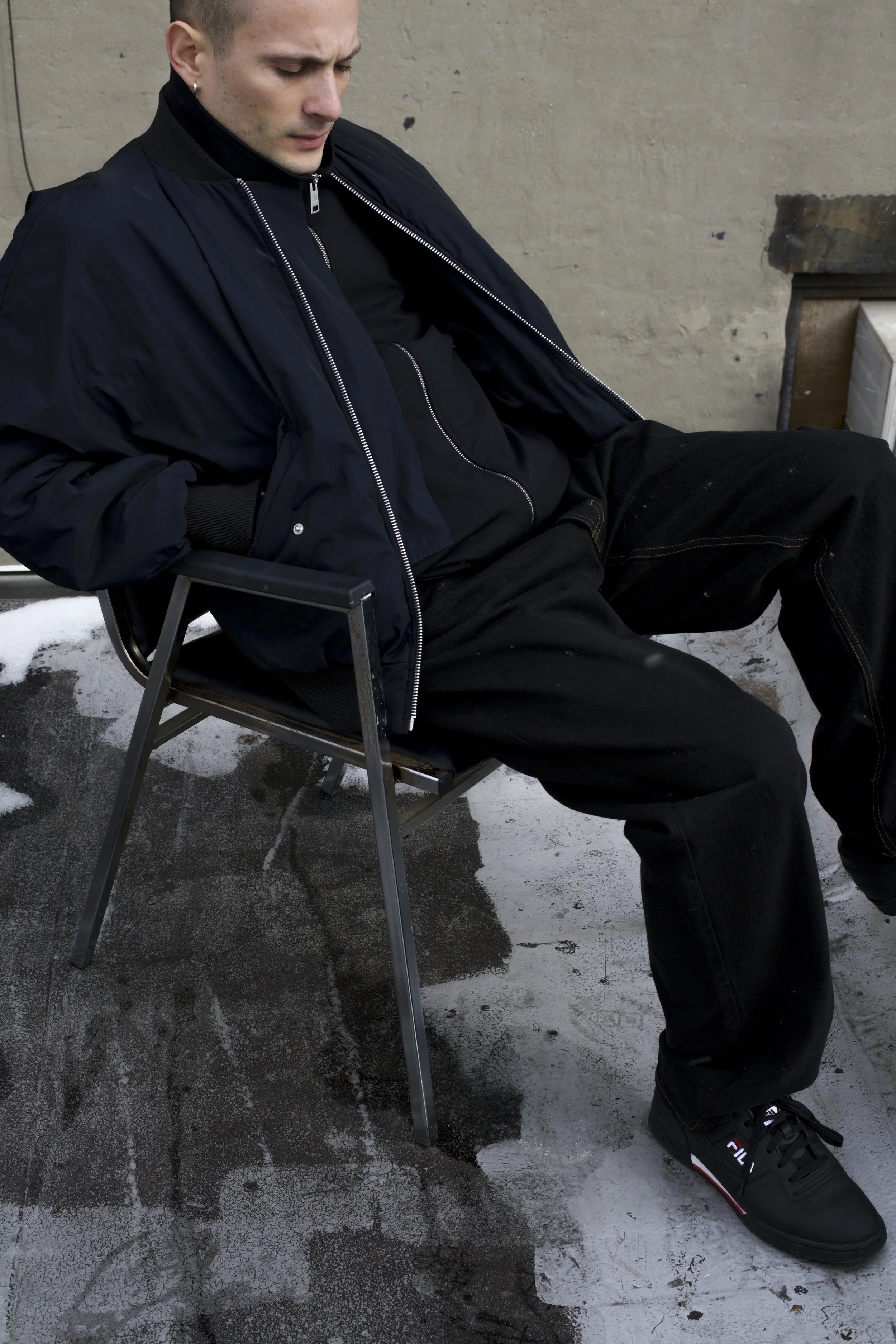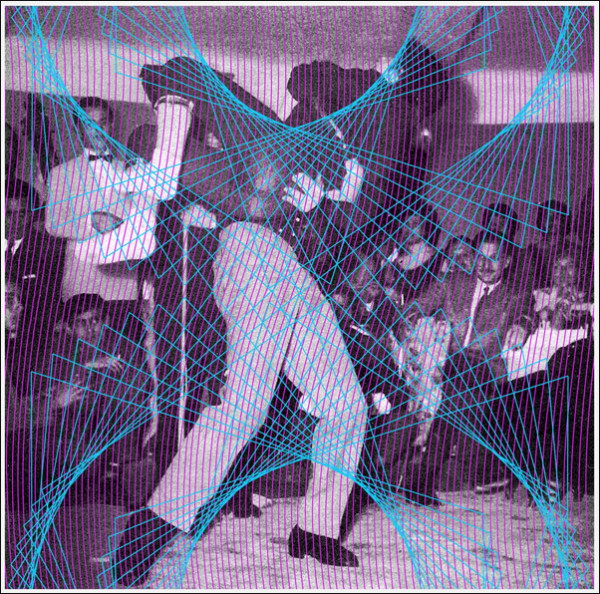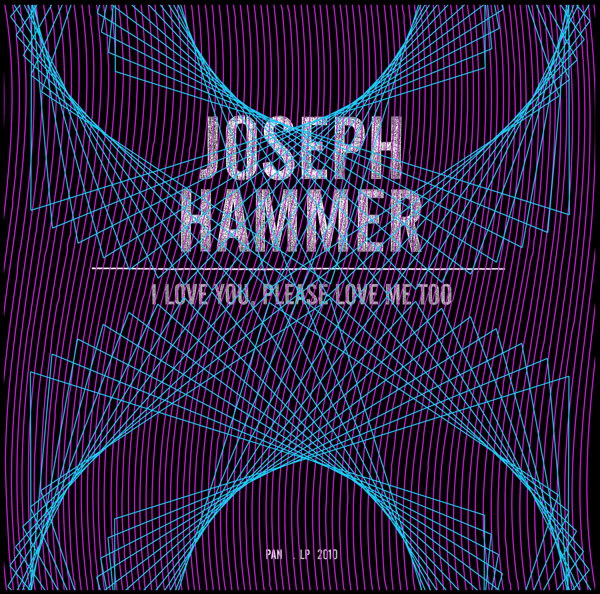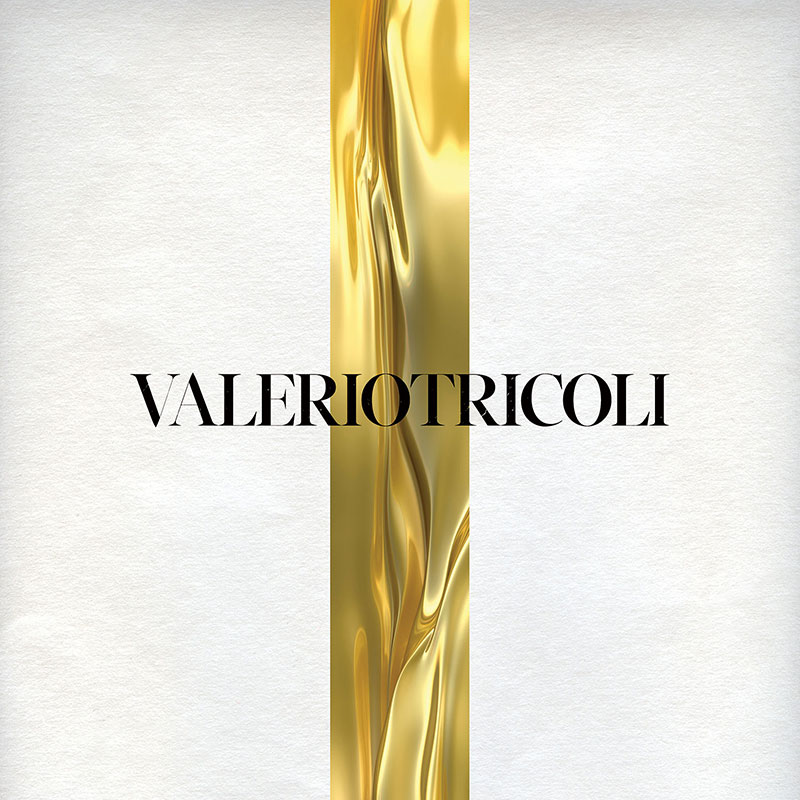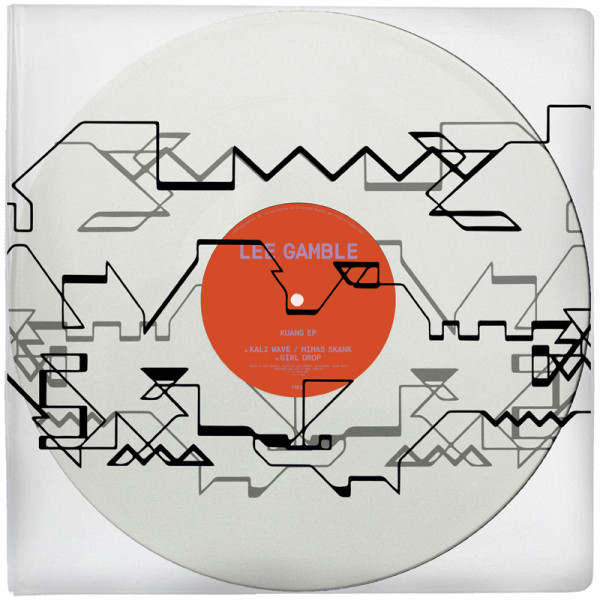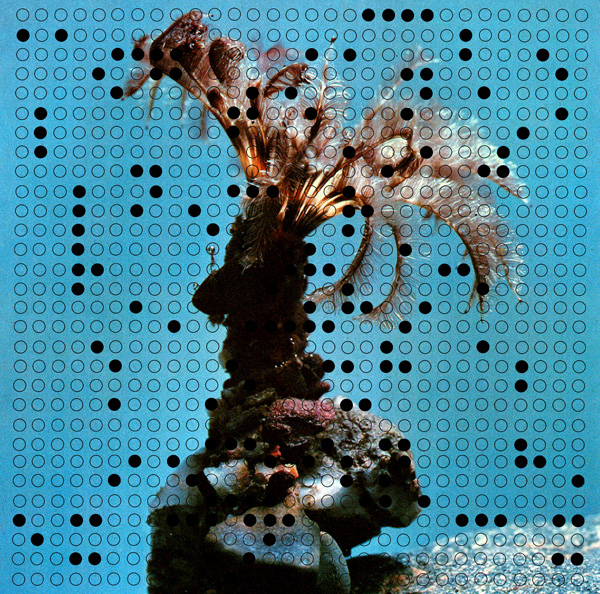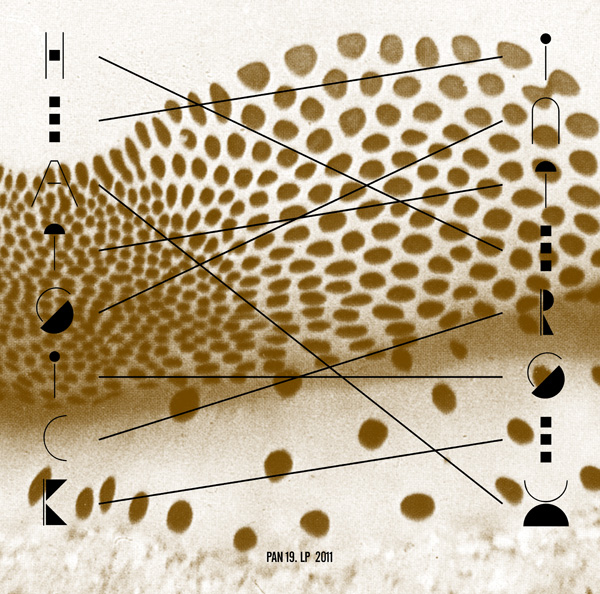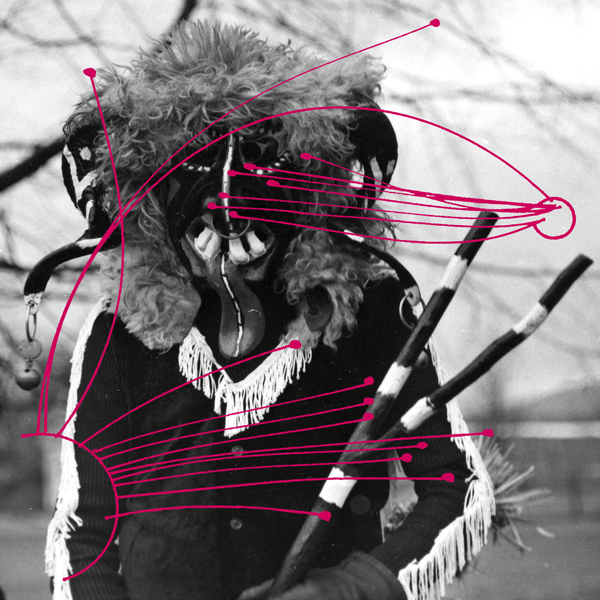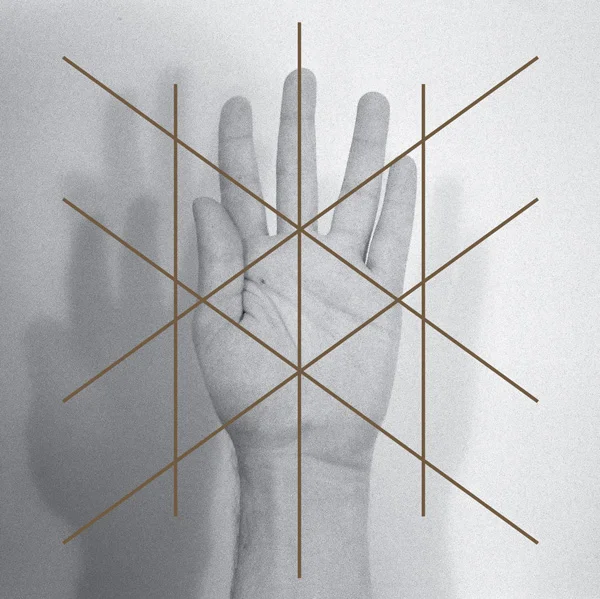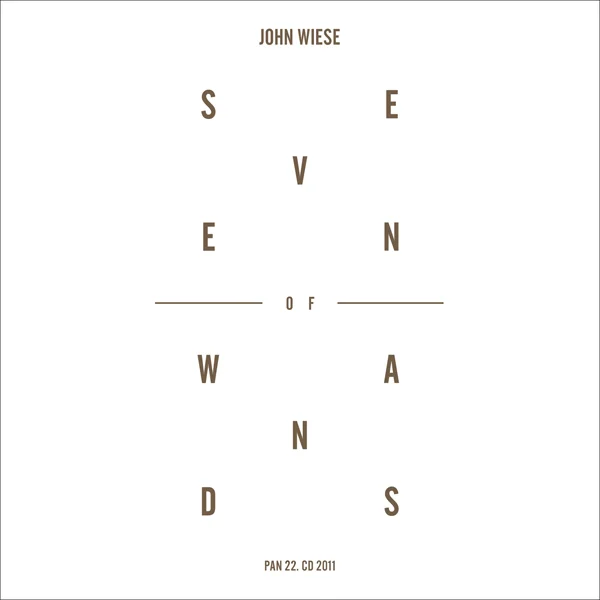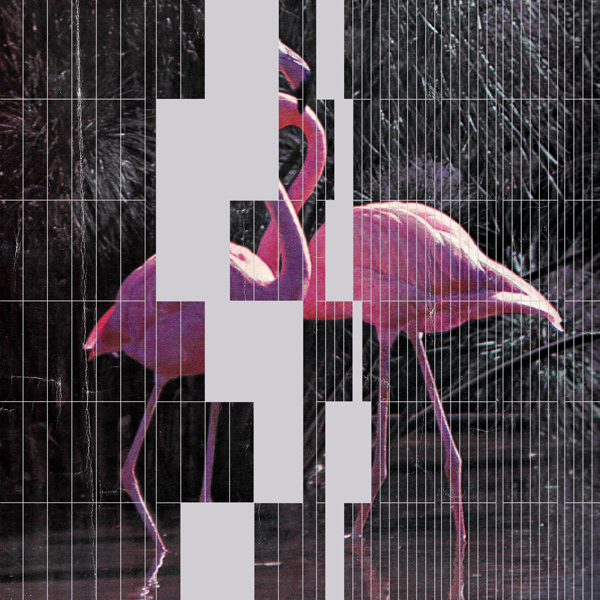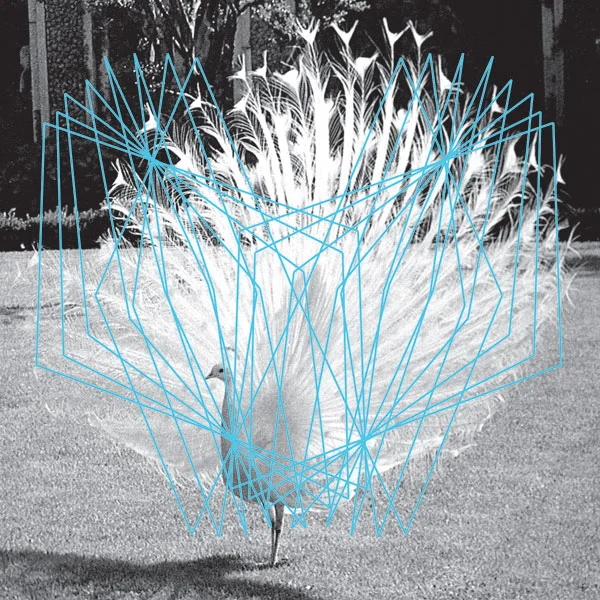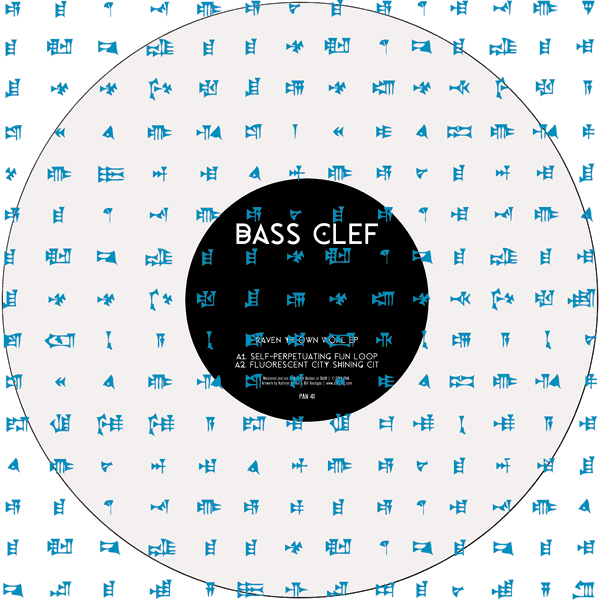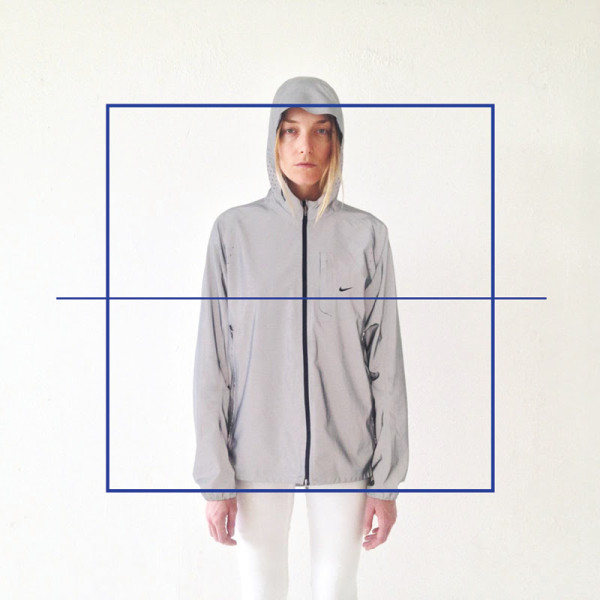Meet the artist, musician, designer, record label runner and all around cultural synaesthete, Bill Kouligas.
Design Matters: Innovators
PAN
Meet the artist, musician, designer, record label runner and all around cultural synaesthete, Bill Kouligas.
| CONTRIBUTORS | |
| Photos: June Canedo | Stylist: Tess Herbert |
| Words: JL Allan | |
In the time since its first release in 2008 Berlin-based record label Pan has carved out a territory all its own. Pan’s output traces a topography through sound art and new computer music; synthesizers and improvised jazz, and now further out into new territories.
Pan is now less a record label in the strictest sense of the term, evolving into something more nebulous and interesting, producing events and works that exist across digital platforms and physical formats, transferring the strong design that made it stand out in the record store racks to its new projects.
Pan was founded by Bill Kouligas, who in 2008 was a familiar figure in the underground scene, releasing on various labels and playing shows: “It was all very underground, very DIY,” he says. “Tapes, CD-Rs, and very limited runs of vinyl.”
A split release with a Japanese artist called Astra fell through when the label that was putting it out decided to close, so Kouligas released it himself. At the same time he was working as a graphic designer, and with his then collaborator Kathryn Politis, decided to use the label as a place to develop ideas (Politis has since left to work on other projects). The idea was to get the most out of standard vinyl packaging, rebuilding it from its core components: standard plastic and card sleeves and paper inners.
““I see the whole thing as a gallery that represents a community of artists””
“I wanted to use collage techniques but not in a standard way, so I was asking what the element of that technique was: placing different things together and making something new,” says Kouligas. “The idea was to make [the sleeve] a collage, but with the parts separate, and then being able to reassemble them, so the sleeve could overlay the image.”
Originally its vinyl records were packaged in PVC sleeves silk-screened with bold graphics or typography, which housed a sleeve printed with found or archival imagery – an early release featured purple and blue spirograph lines over a black and white image of dancers (Joseph Hammer’s I Love You, Please Love Me Too). Since then the design of its record sleeves has shifted, with the label playing with high gloss neons (as on Helm’s Olympic Mess) and golden foils (as on Valerio Tricoli’s Clonic Earth).
In recent years its focus has widened to become less concentrated on the physical format, and more interested in the emergence of new technologies and the possibilities of online spaces. Kouligas’s LEXACHAST project with producer Amnesia Scanner and visual artist Harm van den Dorpel is a somewhat mysterious generative online work that was also performed live. Sonically these landscapes are present in the post-digital cabaret of Yves Tumor and the William Gibson-like cyber-dreams of producers like Sky H1 and MESH. “The artists have a lot of ideas.” says Kouligas. “The releases are often concept albums, with a lot of content.”
Prompted by a roster of artists who make work in other areas (Heatsick/Steve Warwick makes visual art, for example) Kouligas is currently working on extending what the label can do for its artist’s ideas, to be a more versatile platform for their output. “It's been taking longer than I hoped, but we're basically trying to expand the label into a more editorialised platform with different projects,” he explains. “It will not just be record releases. A lot of people on the label are working in different fields – visual work, text, any kind of creative field.”
Currently, this exists in a nascent state as Delinear built by LEXACHAST collaborator van den Dorpel, which operates as an ‘open social media network’ where navigation, content and the site’s archiving functions are scrambled, and where you can currently bounce around Steven Warwick’s Nadir and Aaron David Ross’s Throat.
“In a metaphorical way I see the whole thing as a gallery that represents a community of artists that presents works,” explains Kouligas. In the same way as a gallery hosts work, with satellite elements such as talks, screenings or monographs, Kouligas says that a lot of Pan’s output is now the events themselves, with the label having developed strong curatorial projects.
These new directions though, are still rooted in those first ideas about collage and bringing things together. The conversation Pan is having with itself and those it works with is about how we experience music, and how the artists and musicians we love can present their ideas – Kouligas is talking about Pan being able to manifest an idea, not to “limit ideas into two sides of a record,” as he describes it.
It’s a radical project and a bold move, not least because the economics of the record industry are so entrenched. “Of course there's a technical aspect [to this project], but the difficult thing is the economics,” he says. “It’s is still based on the old standards in music, you still need the physical product... That's the confusing part – how do you move forward? On the one hand you can do more now. But on the other hand, you depend on this old fashioned way to document works.”
Now, almost 80 releases deep, Pan’s influence in the scene it operates in is considerable, and its continuing relevance is easily traced to Kouligas’s hunger for music, art, theory. He is a deeply committed music fan, with a vast record collection that spans dub, Portuguese Batida, early electronic music, free jazz, African high life and new producers. “I love records,” he says, “I’ve been collecting records for the biggest part of my life and it's a big part of my personal education... but it's also a very limited way of documenting music and general ideas around it... Pan still does records because some of those releases translate really well into that format, but I don’t think we will keep being quite so fanatic about it, because there's so many more things that could happen.”
The focus for Pan is on forward movement, perhaps more so now than at any time in its existence. “I’ve been exposed to so much music over the last eight or nine years that it would be impossible for me to keep reliving what I did nine years ago,” says Kouligas. “I need to develop. The world changes every day, you know? I can’t keep pushing the same things for ten, 15 years. I mean, do you still listen to the same music you did 15 years ago?”





